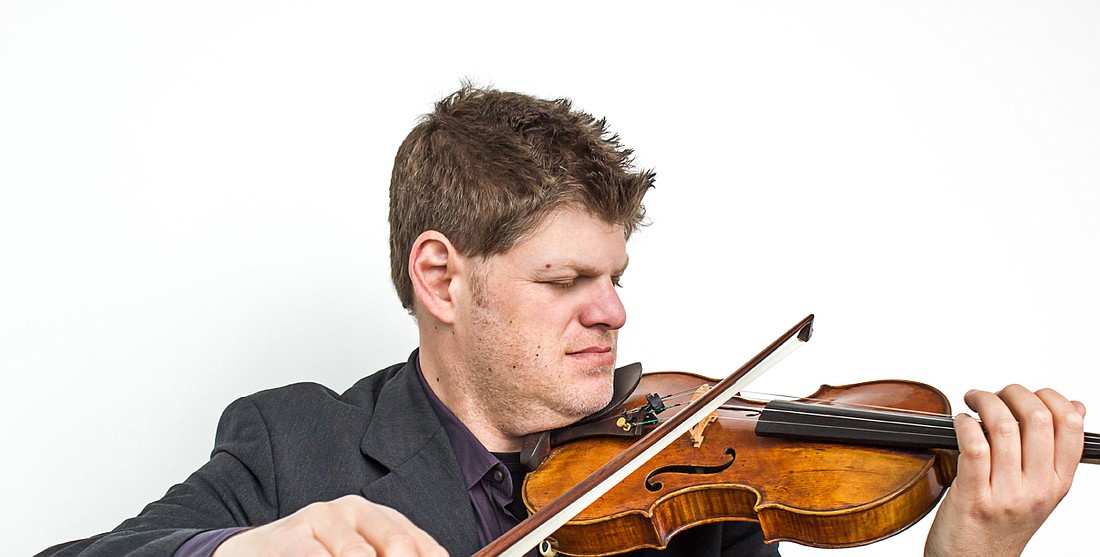- July 26, 2024
-
-
Loading

Loading

Anu Tali was back in our town this past weekend for a series of sold-out concerts titled, “Our Town,” after Aaron Copland’s film score based on the Thornton Wilder play. Although neither the Brahms Violin Concerto nor the Dvorak Symphony Number 8 that followed the Copland had much to do with Copland’s reminiscent setting, both works are evocations of their composers’ homelands so, if you stretched your imagination a bit, you could see an over-all musical theme emerge.
The Copland is a pastoral piece of American nostalgia, painting a picture of almost any small, sleepy town, including early 20th century Sarasota. We all have our tales of dying and wistfulness when we think of what may have been a simpler time but still hold the same feelings we bring with us today. The opening of Copland’s melancholy theme is brought to life by the ringing bell-tones of a glockenspiel which, with the beautiful wind, brass and string choirs in the Sarasota Orchestra, brought stars into an otherwise dimly lit sky. Tali and the players had just the right touch of American sounds and the result was sublime and serene.
Brahms’ Violin Concerto is anything but serene but it’s certainly sublime music. Guy Braunstein, an Israeli violinist who was the youngest player ever to be named concertmaster of the illustrious Berlin Philharmonic, but left that post to pursue a solo career, was soloist with the Sarasota Orchestra and his experience as leader with Berlin, gave him wonderful body language that sent excellent messages to both Tali and the other instrumentalists, keeping them together and working as one organism.
It was a beautifully presented performance but, as I’ve said in the past, I like my Brahms with more bite. I like real rhythmic definition and punctuation in this Concerto, especially in the outer movements so Brahms’ accented rhythms are more Germanic and vertical than lyrical. The middle movement, marked Adagio, therefore, came off much more stylistically correct than the opening and closing Allegros but it was a fine performance, nonetheless, particularly when the soloist stepped aside for the gorgeous oboe solo in the slow movement.
Dvorak’s Symphony Number 8, on the other hand, had all the stylistic pizazz of the Czech countryside and the orchestra sounded at its best in this repertoire, brimming with gorgeous choirs of strings, winds and brass that seemed to come straight out of Dvorak’s homeland. It was folksy, Slavic and exciting with some great solo playing coming from principal players, particularly concertmaster Dan Jordan, Betsy Traba (flute), Fernando Traba (bassoon), and clarinetist Bharat Chandra.
It was great fun watching Braunstein taking a busman’s holiday playing in the second violin section in the Dvorak. (This is not without precedent. Itzhak Perlman sat in with the New York Philharmonic after one of his solo turns.) The orchestra members seemed all a-twitter about having the soloist in their ranks, even taking a couple of selfies before the music started after intermission.
And it was exciting having not one, but two encores on the program beginning with Braunstein performing a rollicking rendition of Fritz Kreisler’s “Soldier’s March,” which he turned into a tipsy, slightly drunken novelty piece for his encore after his Brahms. And the whole orchestra offered a rousing rendering of Brahms’ tuneful and rhythmic Hungarian Dance Number 1, as the final encore.